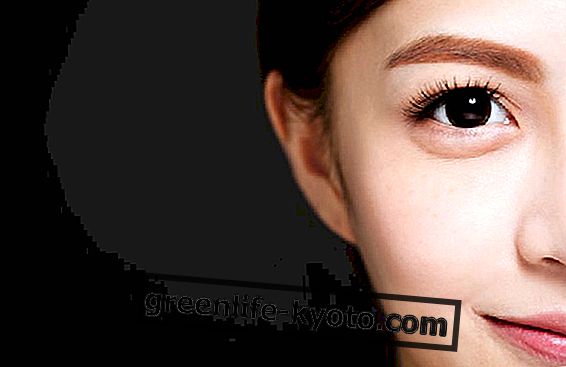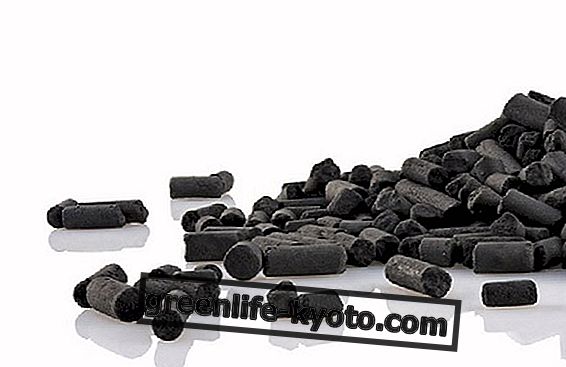
Just this fall, the news in the major national newspapers bounced back and in Italy the consumption of antidepressants is increasing, continuing a trend started last year. This data, the experts believe, is nothing but the umpteenth facet of that faceless monster we call "crisis": a word so repeated that it seems to have lost all content, but that is present in our lives all the time.
When we go shopping, when we look for work, when we reflect on our future a "something" prevents us from seeing positive: it is the crisis, they answer us, we respond. And if many succeed in spite of everything to go on " A tough face, like a warrior without a homeland and without a sword ", as many can slip into a pathological state that can be generically labeled as depression, the "dark evil" (as it was defined in the past) of the new Millennium.
Depression: a complex disorder that should not be underestimated
Although generally associated with " sadness ", we are not clinically depressed if one day we feel down or have had a bad day. This is because the disorder must have a syndromic character, that is given by the combination of several symptoms such as insomnia, lack of appetite, difficulty in concentrating, a sense of inadequacy and uselessness such as to lead the subject to not be able to perform his daily life.
Since the 1980s / 1990s, specialists have begun to highlight the debilitating nature of depression, both on a private level and in terms of public spending, underlining the fact that it compromises the functionality of the individual as much as an organic pathology .
If we think that it involves an ever increasing slice of the world population and represents one of the major challenges in the field of mental health, these few lines begin to make us understand the specific weight of a disorder that appears to be very elusive and difficult to diagnose.
Yoga: an extra answer to depression
In front of the depression problem, what are the answers? First of all, as is known, antidepressants, or drugs that act on brain neurotransmitters. The pharmacological therapy can be associated with the psychological one according to multiple approaches, all structured and temporary and all, to some extent, supported by empirical evidence.
How does yoga fit into this picture? If those previously described are the most common treatments for depression, we are increasingly looking for answers that we do not have the side effects of drugs and that are relatively low cost.
This is how the ancient Indian discipline is grafted into this context with profound legitimacy. Numerous scientific researches confirm the efficacy of yoga in the treatment of depression and the same philosophy of acceptance inherent in this practice can help to acquire a greater capacity for managing the depressive state. The why the dott. Michael Tompkins, cognitive-behavioral psychotherapist at the San Francisco Bay Area Center for Cognitive Therapy: he claims that almost all people who experience panic attacks or episodes of depression are so scared that they invest all their energy in trying not to repeat the ugly one experience. He thus uses a metaphor: if we row against the current, it makes us drown. If instead we float and let ourselves be transported slowly it will bring us to the shore. The practice of asanas helps to counteract the depression caused by anxiety because it reduces stress hormones like cortisol and adrenaline, producing the so-called "relaxation response". This response varies from individual to individual, but if activated it allows a greater acceptance of the feelings that are proved that they are no longer rejected or escaped, but dealt with a variable dose of serenity.
Other studies on the benefits of yoga against depression suggest that yogic practice may have effects comparable to those of psychiatric drugs especially with regard to neurotransmitters. Obviously nobody can say " Practice this or that asana and depression will pass " because the complexity of the problem is such that there are no "miracle cures" suitable for everyone and everyone in the same way. Instead, you can concentrate on the type of yoga among the many proposed in the West where the offer is so vast that the practitioner may feel overwhelmed and confused. Generally, we recommend a type of yoga that includes a part, albeit small, of meditation whose beneficial effects on the treatment of depression do not cease to be studied and to amaze. The real crux of the matter is that there is no "magic" sequence or asana that will erase suffering: there is our willingness and our desire to use a tool - which is yoga - that can make us understand something about ourselves and possibly helping us to overcome it by changing our lives.
Yoga and depression: a support in a difficult journey
The practice of yoga is something that can involve the individual at 360 ° and provide him with a different approach to problems (and not a solution to them, no matter how many self-styled "gurus" support). It can therefore be profitably inserted into a therapy against depression, be it pharmacological or psychological. Perhaps we will not immediately find the right style, the school that suits us or the teacher who inspires us and initially we will proceed by trial and error: encountering a few stumbling blocks on the way does not mean that it is not the road we had to take ...
Learn more about homeopathic remedies for depression
See also
How natural antidepressants work
Meditation and depression













